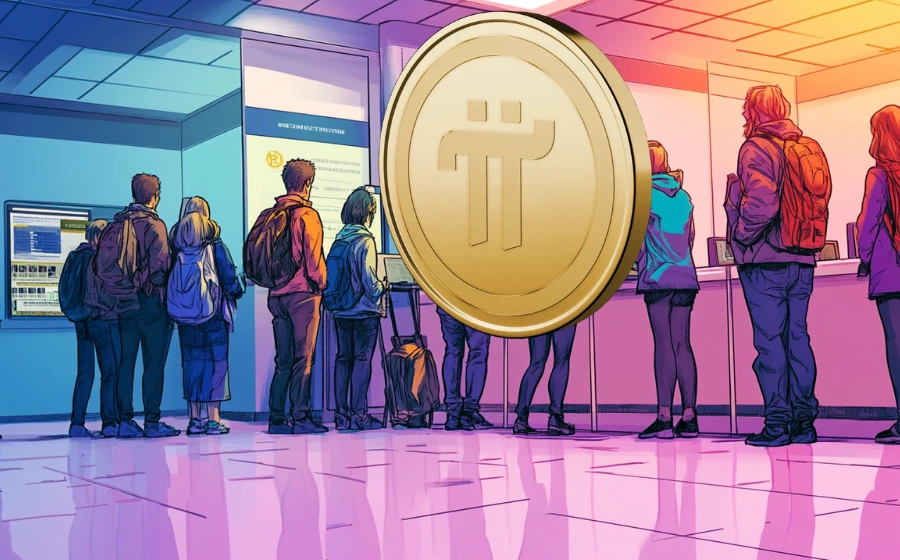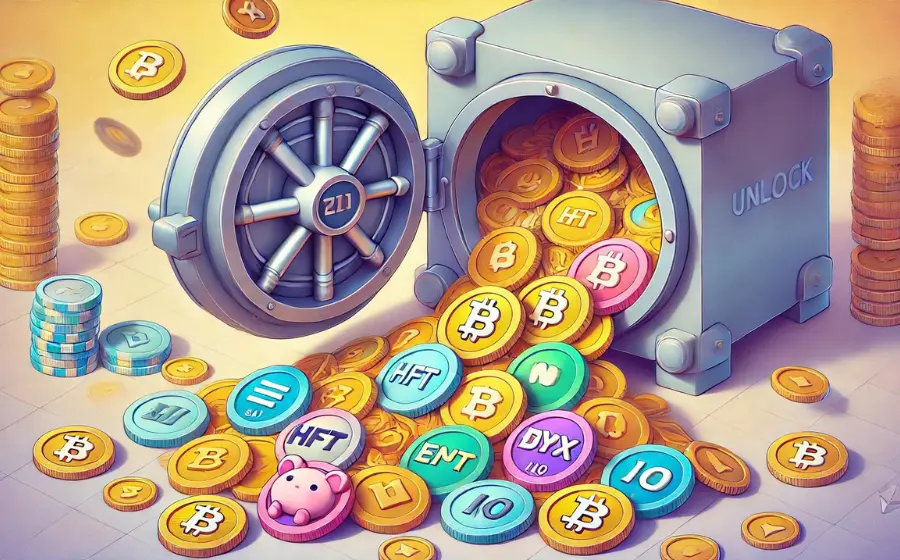
KEYTAKEAWAYS
- Momentum Finance transforms Sui into a financial operating system by merging trading, custody, and RWA tokenization into one integrated liquidity framework that serves both retail and institutional users.
- Its ve(3,3) token model and CLMM architecture create a self-reinforcing economy where governance, liquidity, and capital efficiency strengthen each other, achieving over 16 billion USD in trading volume within six months.
- Momentum X marks the project’s next frontier — a bridge between DeFi and traditional finance, designed to bring compliant real-world assets onto Sui and redefine how institutional liquidity flows on-chain.

CONTENT

In decentralized finance, few projects have risen from obscurity to the center of an ecosystem as fast as Momentum Finance. It is not another trading app built on Sui but a complete rethink of how efficiency, structure, and trust work in Web3. While others chase the idea of becoming the next Ethereum, Momentum took a different path. Its goal is to become the first financial operating system of the Sui network.
The vision is simple yet ambitious — to rewrite the physics of liquidity on a parallel Layer 1 and build a seamless environment where value moves without friction.
THE PHYSICS OF LIQUIDITY: A SPEED EXPERIMENT ON SUI
On most blockchains, liquidity moves slowly. Each transaction waits for the previous one to settle, and every swap brings delay and cost. Sui changes that rule with parallel execution, letting independent transactions run at the same time. Momentum Finance built its concentrated liquidity market maker directly on top of this structure, turning speed itself into an advantage.
For Momentum, liquidity is not a static pool of tokens but a living system that can be programmed. Liquidity providers choose the exact range where their capital operates instead of spreading it across the entire market. Within that range, depth increases, spreads tighten, and capital works harder.
The idea first appeared with Uniswap V3, but Sui gives it a new edge. Momentum combines the CLMM model with Sui’s programmable transaction blocks, which allow complex actions like staking, swapping, and adding liquidity to happen in a single transaction. For users, it feels instant. For developers, it unlocks a new level of flexibility and design.
Momentum’s founder, ChefWEN, once said they were not building just another exchange. They wanted to build a financial operating system. In that vision, trading is only the surface layer. The real mission is to make liquidity operate by itself.
FROM DEX TO FINANCIAL OS: THE ART OF INTEGRATION
Momentum began with a choice to rebuild from the ground up. In early 2024, the team was small and made up mostly of Move language developers who saw an opening in Sui’s early-stage ecosystem. Instead of copying Ethereum projects, they wanted to design native infrastructure that could grow with Sui’s technology.
Momentum’s architecture now rests on five key components: the CLMM trading engine, the institutional wallet MSafe, the liquid staking token xSUI, automated vaults, and the RWA platform Momentum X. Together they form an integrated financial system that connects users, capital, and compliance in one layer.
MSafe provides transparent on-chain custody through multi-signature contracts. xSUI brings liquidity to staked SUI, allowing users to earn rewards while staying flexible. Vaults automate yield strategies, rebalance positions, and reduce impermanent loss. Momentum X bridges on-chain liquidity with real-world assets, paving the way for institutional adoption.
What looks like a product stack is actually one cohesive system. Momentum is not a marketplace but the infrastructure that other markets can build upon. Any user — individual or institutional — can manage and combine assets through it. This structure makes Momentum both a financial tool and an underlying network.
Its long-term focus has attracted institutional backers such as Coinbase Ventures, Circle Ventures, and The Spartan Group. The team is not chasing short-term hype but building a foundation for the next phase of decentralized finance. Each module strengthens the others, creating a network effect that is difficult to replicate.
MARKET VALIDATION: DATA, LIQUIDITY, AND TRUST
Momentum’s numbers speak for themselves. In just six months, it reached more than sixteen billion dollars in total trading volume, five hundred million dollars in total value locked, and over two million users. These results show that efficiency and adoption can grow together.
The growth is driven by structure and incentives. The “Yield HODL” campaign rewarded users who locked liquidity for longer periods with tiered APRs up to two hundred percent. The Bricks system gamified participation, turning everyday actions into points linked to future rewards. The result was a community that stayed, not just speculated.
Momentum’s validation extended to centralized exchanges. Within twenty-four hours of launch, the MMT and USDT pair on Binance recorded one and a half billion dollars in trading volume. That figure exceeded the protocol’s on-chain TVL, showing that demand for MMT reached far beyond Sui’s native audience.
The token model follows the ve(3,3) structure made popular by Curve. Holders lock MMT to earn veMMT, gaining both voting power and a share of platform fees. By voting, liquidity providers direct reward emissions to the pools they prefer. This creates a cycle where governance and liquidity reinforce each other. In Momentum’s system, governance is not symbolic — it is economic. Every participant becomes a stakeholder in the protocol’s long-term rhythm.
A BRIDGE TO REALITY: RWA AND THE FUTURE ORDER
Momentum’s vision extends far beyond DeFi. Through its RWA platform Momentum X, it aims to connect blockchain liquidity with the traditional world of finance.
The gap between DeFi and traditional markets has always been trust. Institutions stay cautious because of weak compliance, poor transparency, and unreliable custody. Momentum’s design addresses all of these. MSafe gives verifiable control. The RWA module provides traceable records for tokenized assets. The CLMM engine guarantees efficient execution with transparent costs. Together they form a framework where institutions can participate safely.
The team plans to launch its first compliant RWA products by 2026. Such a move would not only mark a major milestone for Momentum but also signal Sui’s maturity as an institutional blockchain. Over time, the platform aims to become a universal financial OS where crypto assets, staking assets, and real-world assets coexist within the same environment.
Risks remain part of the story. Concentrated liquidity models still expose providers to impermanent loss. The Move ecosystem is new and evolving. Yet Momentum’s defense lies in its structure. Competitors can copy an exchange, but not an entire integrated system that links custody, liquidity, and compliance. Complexity itself becomes protection.
In a world where DeFi is often fragmented and repetitive, Momentum offers a different story. It suggests that the future of finance will not depend on isolated apps but on systems that work together with clarity and trust.
EPILOGUE: ORDER AFTER SPEED
Momentum’s journey marks a turning point in DeFi’s evolution. The last cycle celebrated speed and yield. The next one will be defined by structure, reliability, and the ability to connect with the real economy.
Sui is often praised for its performance, but true innovation comes when speed creates order. Momentum embodies that idea. Its architecture serves both retail and institutional users. Its token model links participation with governance. Its vision reaches beyond digital assets toward real-world finance.
This is more than a story about liquidity. It is about rebuilding trust. In the next phase of financial evolution, Momentum may not be the only player, but it has already defined what the future can look like. It represents a system guided by clarity, built through technology, and powered by collaboration rather than speculation.
Momentum Finance is not just part of the market. It is becoming the system the market itself runs on.















